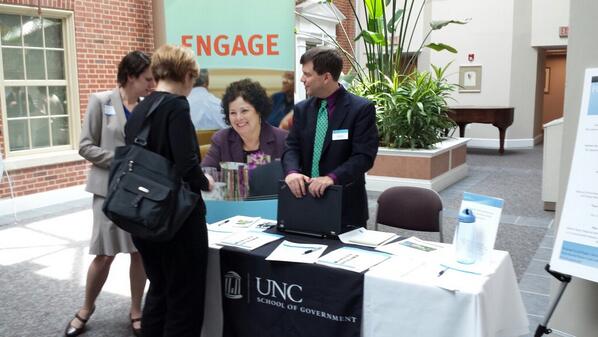 When the five small water systems in Hampton County, South Carolina decided to band together to create the Lowcountry Regional Water System (LRWS), they, like many other small water systems across the country, faced a number of managerial and financial obstacles. Among these challenges were a flat growth rate, degraded and inadequate infrastructure, artificially low rates, and an economically disadvantaged population. Each of the five communities in this rural county had not only a different rate level, but also a different rate structure, with monthly rates for 5,000 gallons of water and sewer service ranging from as low as $36.50 to as high as $62.67. Whether the rates of the new, regionalized water system were “affordable” for all customers became a top concern for the LRWS.
When the five small water systems in Hampton County, South Carolina decided to band together to create the Lowcountry Regional Water System (LRWS), they, like many other small water systems across the country, faced a number of managerial and financial obstacles. Among these challenges were a flat growth rate, degraded and inadequate infrastructure, artificially low rates, and an economically disadvantaged population. Each of the five communities in this rural county had not only a different rate level, but also a different rate structure, with monthly rates for 5,000 gallons of water and sewer service ranging from as low as $36.50 to as high as $62.67. Whether the rates of the new, regionalized water system were “affordable” for all customers became a top concern for the LRWS.
Author: Glenn Barnes (Page 4 of 7)
SOG Environmental Finance Ctr
 Many government-owned wastewater systems in the United States are enterprise funds. That is, they are business-like units within the overall government that should be self-sustaining, taking their revenue from the rates and fees charged to wastewater customers rather than from taxes. Ideally, wastewater utilities base their rates and fees on the full cost of providing wastewater service, not just on operating expenses and routine maintenance costs. Full cost rates and fees would also include taxes and accounting costs, contingencies for emergencies, and, perhaps most importantly, costs related to capital infrastructure—principal and interest on long-term debt and reserves for capital improvement. Continue reading
Many government-owned wastewater systems in the United States are enterprise funds. That is, they are business-like units within the overall government that should be self-sustaining, taking their revenue from the rates and fees charged to wastewater customers rather than from taxes. Ideally, wastewater utilities base their rates and fees on the full cost of providing wastewater service, not just on operating expenses and routine maintenance costs. Full cost rates and fees would also include taxes and accounting costs, contingencies for emergencies, and, perhaps most importantly, costs related to capital infrastructure—principal and interest on long-term debt and reserves for capital improvement. Continue reading
On Monday, May 5, the Environmental Finance Center at UNC hosted an event on The Future of Environmental Finance. Through this public forum, our goal was to share promising strategies for financing current and future environmental challenges. Speakers from all levels of government, non-profits, foundations and businesses joined us to share their unique perspective on environmental finance. In all, 130 participants joined us in person at our institutional home, the UNC School of Government, while 250 participants watched the session live via an online stream.
In this post, our Senior Project Director Glenn Barnes shares his thoughts on one of the themes that emerged from the public forum. The post also includes a link to a video recording of the event.
In previous posts, we have talked about publicly available data on inflationary measures including the Consumer Price Index and the Construction Cost Index as well as on commercial energy use from the US Energy Information Administration (EIA) and the US Census. The US Census also has a rich set of data on the financial position of households within our community. These data are especially relevant and helpful for determining the affordability of government utility services such as water and wastewater rates.

Encouraging Investments in Wetland and Water Quality Improvements on Private Property through Low-Interest Loans
Restoration and protection of wetlands is one of the four core elements of a wetland program, as defined by the U.S. Environmental Protection Agency. Some restoration and protection takes place through wetland regulatory activities, such as during the 401 certification of a development project that disturbs a wetland. In other cases, wetland restoration and protection is voluntary—restoring and protecting the wetland is not tied to a specific regulatory activity but is desired to achieve overall water quality goals. If that wetland is on public land, the unit of government that owns the land can, if funds are available, protect it.
But what about wetlands and other water quality features that are on private property? How can a unit of government encourage the voluntary protection of those crucial water quality features?







